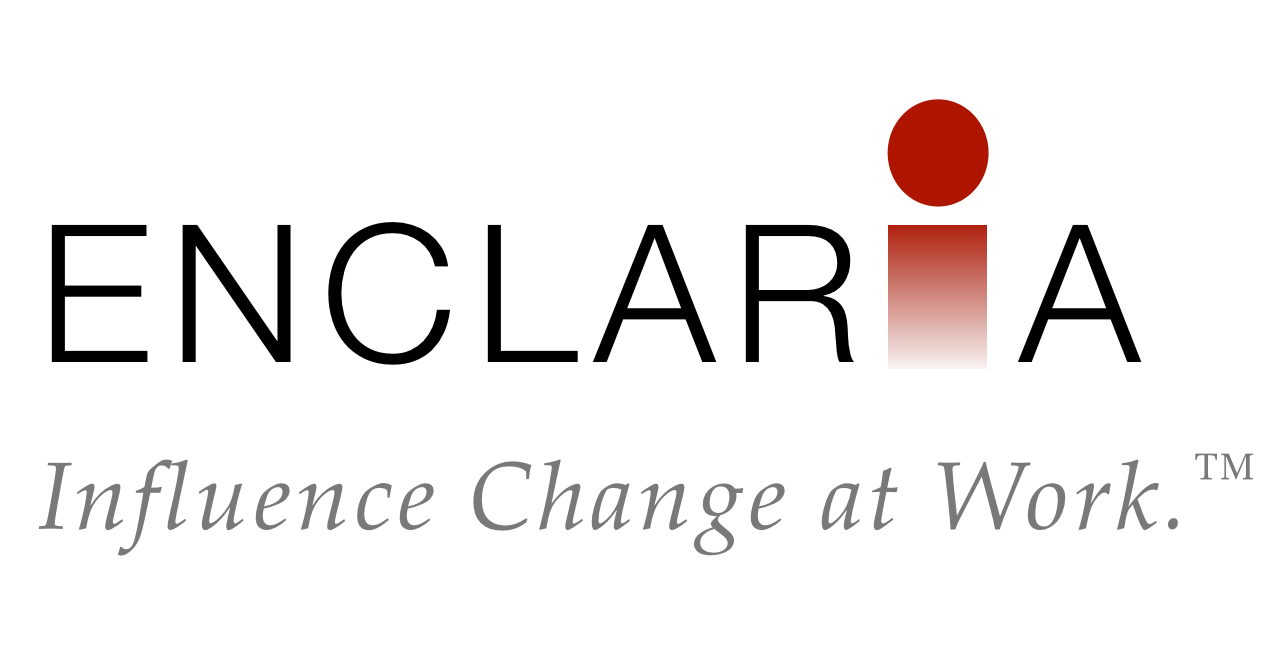It’s a common belief that to get people to adopt change, all you really need is training and communication. If we tell people what to do and why, and show them how to do it, that should be enough to get them to change, right? It’s a logical conclusion, but then people aren’t logical, especially when it comes to change.
While training and communication are essential tools for influencing any change at work, they are not the complete solution for managing the “people side†of projects. Without the reinforcement of a broader change management approach, you might be left wondering why people aren’t showing up for training, why they aren’t taking the communication seriously, or why the organization just isn’t getting the results it intended.
 The following are other crucial activities that comprise change management, and what happens when you don’t do them.
The following are other crucial activities that comprise change management, and what happens when you don’t do them.
Clarify the Change
On the surface, most projects seem straightforward. However, what is obviously changing and what really needs to change to achieve the desired results are often two different things. Dig a little deeper into a process change, for example, and you’ll find underlying changes in behaviors, attitudes, and relationships that need to happen to support it. Ignoring these underlying changes can prevent the main change from taking place.
Understand the Organizational Impact
Since organizations are networks, a change in one department or process can have an unintended ripple effect in another. Plus, organizational factors such as culture and structure can work against the change if not addressed. An impact assessment helps understand both the change’s impact on the organization and the organization’s impact on the change. Identifying the impact uncovers potential risks to the project and helps design a better-informed approach to change.
Uncover and Reduce Resistance
When change triggers responses in people that slow down or prevent the change from happening, we call it resistance. To avoid making people dig in their heels, it is necessary to understand how people might react to the change effort and then design an approach to reduce the negative response. During implementation, watch for signs of resistance, determine the source, and use that information to improve your approach and help people work through it so they don’t get stuck.
Define and Gain Leadership Support at All Levels
Projects fizzle out without the proper support from leaders and managers. Unfortunately, people in positions of authority often don’t know what they need to do differently to drive the change in their area. As a result, they send mixed messages, and other priorities win out. One of the main activities of change management is getting leaders to adopt behaviors that support change. Training and communication activities should include equipping leaders to lead the change.
Design Elements to Involve and Motivate
Traditional training and communication programs are one-directional. On the other hand, change management shifts people from being the receivers of content to participants in the change. People don’t just want to know why, what, and how. They want to feel like they are a part of the solution and not the victim of someone else’s idea. A complete change management approach includes opportunities to co-create the change and creative ways to motivate people to participate.
Communication and training are necessary but insufficient components of change management. Telling people why and how to adopt a change won’t work if the organization, the leaders, and their own reactions prevent them from making the transition to the new way of working. Enabling people to achieve the desired results requires a complete change management approach.
